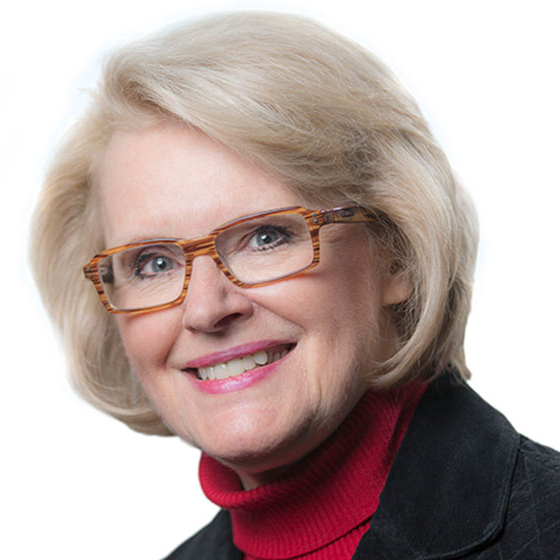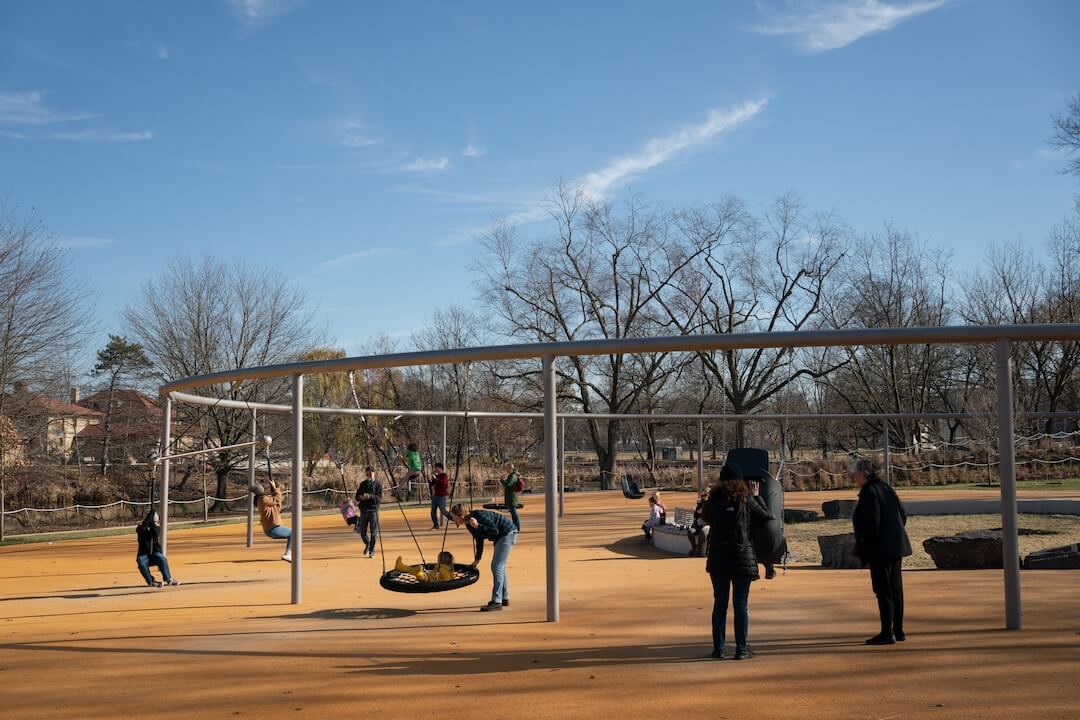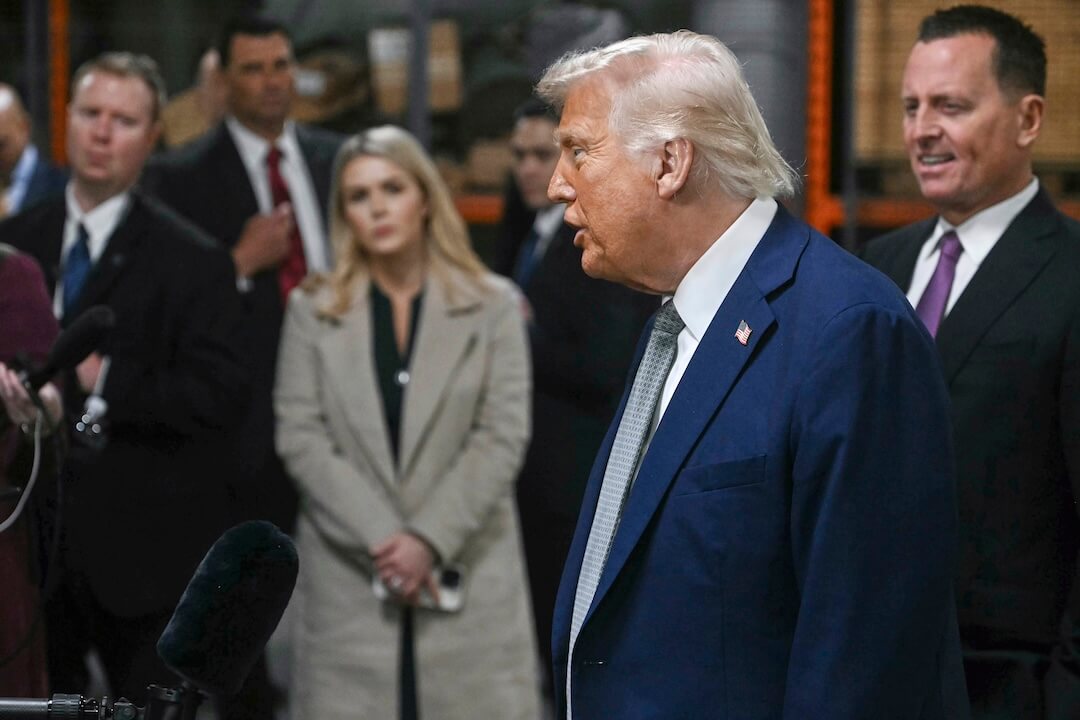As news organizations struggle with increased competition and fragmented audiences, Poynter gathered about 30 top news executives and researchers on Jan. 26-27 to examine how consumers are changing and what those trends will mean for journalism. Here is some of what we are hearing. (Note: These are summaries of participants’ comments, not transcribed verbatim quotes. Follow along with Twitter hashtag #newsaudiences.)
MONDAY
9:15 a.m. Audiences for News and Information that Serve Democracy (Part One)

- Poynter’s discussion on Audiences for News and Information that Serve Democracy (The Poynter Institute/Al Tompkins)
Vivian Schiller, Twitter head of news, leads the panel and asks: What are the biggest challenges you face in your organizations?
Marci McGinnis, senior vice president, newsgathering, Al Jazeera America: Two challenges: 1. Branding. The word ‘Al Jazeera’ comes with baggage and preconceptions. It is a challenge to get people to watch just because of the name. 2. Distribution. Rules from distribution partners keep us from livestreaming on our website. This makes it harder for people to find us.
Raju Narisetti, senior vice president, strategy, News Corp: When it comes to digital audiences and how to understand them, there is still a tremendous disdain for taking what we know and doing something about it. Behind every pair of eyeballs there is a person who could go somewhere else. We need to understand the data and use it.
Rich Boehne, chairman, president, CEO, E.W. Scripps, Co.: We struggle with trying to protect our business models. How do we embrace the new and not trash what we have currently?
J. J. Gould, executive editor, TheAtlantic.com: We’ve been through a series of reboots in the past few years. We have some of our staff who understand social media and how to engage with readers. We need to know how to play this emerging kind of judgment about what readers are looking for, to be aware of the constantly shifting universe of readers.
The conversation shifts to the how to monitor the data available in real time about readership and share it with journalists without giving the impression that they should pander and cover only things that are popular.

- Marcy McGinnis, senior vice president, newsgathering, Al Jazeera America (The Poynter Institute/Al Tompkins)
Schiller asks Andrew Forrest, director of audience development at Upworthy, about how the site works to engage audiences.
Forrest: We don’t write headlines for SEO and direct traffic. We write headlines for Facebook, which is algorithm driven. We look at what is getting traction on our site right now. We are very focused on viral content. Editorial judgment is huge. We get parodied a lot for our headlines but we have very high standards for what we put on our site. We don’t create much content but we curate.
Question from the observers: How do you define “the data” and how is it used?
Narisetti: There are a lot of reasons a story can spike and do well that have nothing to do with journalism. (A Washington Post story on Crocs did really well years ago, but only because it had been posted for several days on Yahoo!, not because the world wanted more Crocs stories.) Data helps us do a couple of things: Over time, it helps inform priority of resources. Data doesn’t necessarily tell us to drop an important story from a page if it doesn’t get traction, but to challenge us to tell it better.
Gould: You need to know what NOT to do with data as well as what to do with it.
Boehne: We need to become better users of data to find new audiences, not just hold the ones we have.
Narisetti: Leaders in legacy media newsrooms always used their “tummy compass” — their gut — about the potential popularity and placement of stories. For the first time in years, we have the ability to tell editors if their gut was right.
McGinnis: We have two missions at Al Jazeera America — cover the news and go deeper than others. Knowing our audience as we do helps us encourages us to push journalists to do stories that cause people to say, “Oh my God, I didn’t know that. I saw it on Al Jazeera.” We are looking for stories that go outside the obvious.
Narisetti again makes the case that data about audience behavior can tell journalists how to make certain their important stories reach readers where they are. It’s not necessarily about whether or not to cover a story — but how to do those stories effectively.
Schiller is asked about her new role at Twitter and responds that her vision is to work with news organizations to help amplify their journalism.
10:15 a.m. Poynter in the Data: What Research Tells Us

- Richard Zackon, executive coach and facilitator, Council for Research Excellence (The Poynter Institute/Al Tompkins)
Richard Zackon, executive coach and facilitator, Council for Research Excellence, moderated the panel.
Jack Wakshlag, chief research officer, Turner Broadcasting: People used to get most of their news from newspapers and TV between 6 and 7:30pm. Now they get it wherever they want it. Now they are in control. The news audience is not smaller. It is just more fragmented.
Ceril Shagrin, executive vice president, audience measurement and analytics, Univision: The value of news is higher than it has ever been. Getting what they need when they need it.

- Keenan Pendergrass, director of station research, WFTV/WRDQ, Cox Media Group (The Poynter Institute/Al Tompkins)
Keenan Pendergrass, director of station research, WFTV/WRDQ, Cox Media Group: People define news differently. They consider friends and people in their feed sources in the same level we used to think of news organizations.
Zackon asks Paul Taylor of Pew Research Center: Do we measure what people consider “news” is?
Taylor: That’s a good question. We have not asked people to give their definition. We think the definition of news may be changing to what people consider information. Delivering what happened yesterday is easier to do than in the past. Journalists need to be able to give that information meaning.
Beth Rockwood, senior vice president, Market Resources, Discovery Communications: There is still a lot of loyalty to sources you trust. We don’t do a good job of measuring the depth of trust someone has in a source. Would like to see Pew do that.
Amy Mitchell of Pew: We ask about trust and decisions to download news apps. Trust in the brand was at the top, which was tied with “free or costs very little.” Question today: Does brand even matter to certain people?
Wakshlag: The sky is not falling for traditional media, even when people binge watch TV series on Netflix. Eighty-five percent of viewing in a Netflix home is regular television, the rest is Netflix. We need to understand where the real threat is. Are we in evolution or revolution?
Audience question: What about Aereo?
Billy McDowell, vice president of research, Raycom Media: There’s a lawsuit pending so I might not be able to comment. Broadcasters and networks do believe it is a threat because they are circumventing retransmission rules. Hopefully it will be closed down this fall.
Wakshlag: There are two ways to pay for content. You watch advertising or pay directly. With cable you do both. If Aereo wins the lawsuit, it will be very disruptive. We have to get paid for the content we produce. Nothing comes free.
Poynter President Karen Dunlap asks about trusted brands.
Stacey Lynn Schulman, senior vice president, chief research officer, Television Bureau of Advertising: I think you would find that most local TV stations would be considered the most trusted in their communities.
Mitchell: We have found that local news has been considered very important to people. Clearly an area where people feel very connected.
Taylor: We have done a lot of research on trust in media. We’re down there with the lawyers and members of Congress. That doesn’t mean individuals don’t have outlets they trust, but in this fragmented society, those outlets differ.
Wakshlag: Trust in American institutions, except the military, has decreased over the last two decades. It’s an important story and I don’t think we have reported on it. All of us are struggling with that.
Shagrin: Remember the importance of having news delivered in Spanish language or in English language that covers news of their countries of origin.
McDowell: A few years ago I was doing a focus group on local TV, showing pictures of local meteorologists. One woman said, “He saved my life.” That’s a special bond we have with the audience.
Rockwood: It’s an exciting time. A lot what we are learning about the second screen experience tells us about possibilities — the ways people can participate.
Schulman: I see an opportunity. Electronic news has been around long enough that we have a vast trove of history recorded. I don’t think there’s any reason why we can’t look at that and go back through archives to see how things unfolded. Perhaps we can put that in the hands of news consumers.
Pendergrass: Research is about connecting the dots. We need to connect the dots for our audience and connect social media into the fabric of what we do.
11:15 a.m. Mobile, Wearable, and Maybe Implanted: New Tools and News

- Patrick Cooper, director of web and engagement, NPR, and Amy Mitchell, director of journalism research, Pew Research Center (The Poynter Institute/Al Tompkins)
Ellyn Angelotti of Poynter moderates this panel and asks people to tell each other the source of the first news they consumed this morning.
Responses included: Today Show, Email, Twitter and NPR, Radio, mobile device and Twitter, Tampa Bay Times print edition, WNYC app on my iPhone, printed edition of Tampa Bay Times and The Wall Street Journal, and “My wife yelled the weather to me into the bedroom — Florida and the northeast.”
Angelotti asks people to hold up the number of fingers that represents the number of tools they use to get news. Winner will get chocolate. And that was Chris Martin of Poynter: Three computers, two phones, iPad, three or four print documents.
Angelotti shows slides of smartwatches, Sony action cam attached to wrist, Google Glass, car media center, Nest.
Amy Mitchell, Director of Journalism Research, Pew Research Center: News is a part of new technologies and spaces. Organizations have to understand how it is used in various spaces: On Twitter, they happen to find it. They don’t necessarily go looking for it. People use news differently on mobile devices. Media organizations shouldn’t drop everything and move into those new spaces. Mobile is growing, but right now about half the population gets news from mobile. Eighty-five percent uses desktop or laptop for digital news. But the time they spend consuming news various differs from device to device.
Patrick Cooper, director of web and engagement, NPR.: Think about how our mood affects our news consumption. We’ve often thought of mood as it is related to music — but it relates to news as well. People react to news in different ways and we can see it in analytics. With the Fitbit device, we are moving into the era of the “quantified self” with lots of data about ourselves. We can track biometric pieces — and can match content to the experience.
What if your iPhone knew what kind of music you wanted to hear right now, based on your biometric profile. What about news? How is news connected to our behaviors? How are moods tied to those behaviors? We did a thought exercise at NPR, looking at the last half hour of the day and what people do at that time. We tried to match what we knew about our content that matches what they are doing? Can you serve up content and storytelling that caps off the day in the way it meets peoples’ needs?
J.J. Gould of TheAtlantic.com asks about the “creepiness” factor of too much personal information about ourselves in the hands of news producers.
Cooper: There are a lot of ways people can enter into the scenario, actively or passively. There are a lot of artificial intelligence activities around social media involved in sensing peoples’ moods.
Stacey Lynn Schulman of Television Bureau of Advertising shares concerns about the ethics of navigating privacy and technology.

- Ellyn Angelotti, Poynter faculty, digital trends and social media (The Poynter Institute/Al Tompkins)
Angelotti asks Daniel Slotwiner, head of measurement solutions for Facebook, about user activity. He says his team is seeing people use many devices per day. Fifteen or 16 percent use several devices to access Facebook each day. A majority of them use mobile devices. We are nascent in our understanding of this. We don’t know yet when they are going to bed, but probably when they are watching TV.
Angelotti asks Harvey Nagler, VP of CBS News Radio, about legacy media and mobile. He says radio is still extraordinarily successful. Time spent listening is going down. If you’re content is not unique, compelling, addictive, they are going somewhere else. Quality storytelling is more important than ever.
Betsy Morgan of The Blaze asks Nagler if “audio listening” on all devices is up. Harvey says he doesn’t know, but he knows that the amount of audio material being produced is greater than ever.
Mitchell says podcast listening has plateaued. Online listening has gone up.
Nagler says if content is of a high quality, listening goes up. It has to be as interesting as possible. Not just the topic — the way the story is being told. He notes CBS This Morning and CBS Evening News numbers are increasing and credits that to the quality of the content.
Cooper notes that NPR podcast listening has gone up because people use mobile devices, on the go, wherever they want to. It was less enjoyable to listen to a longer form story when you could only do so while sitting in front of a desktop.
Raney Aronson-Rath, deputy executive producer of Frontline, says the onset of tablets has really served Frontline well. People are consuming documentaries in this format more readily than on laptops, and Frontline is adapting its work to serve the tablet audience.
Tamara Gould, senior vice president of national productions and strategic partnership for ITVS, says we have to get content producers and technology experts together to help them make things accessible to viewers where they want them. Mentions how she encouraged a documentary producer to have clips available for people to watch on their phones, but that producer was resistant. She’d like producers to understand the power of tailoring content to devices.
Angelotti wraps up the conversation by mentioning a conversation she had recently with her fiance. He wanted to have an “app” that knew him so well it would anticipate his needs and interests. From the back of the room, Poynter Senior Scholar Roy Peter Clark said: “Ellyn, that app is called ‘marriage.'”
1 p.m. Deep and Meaningful: Lessons from Documentaries and other long forms

- From left: Kathy Im, director, media, culture and special initiatives, MacArthur Foundation; Raney Aronson-Rath, deputy executive producer, Frontline; Tamara Gould, senior vice president of national productions and strategic partnerships, Independent Television Service, ITVS; Al Tompkins, Poynter senior faculty, broadcast and online;










